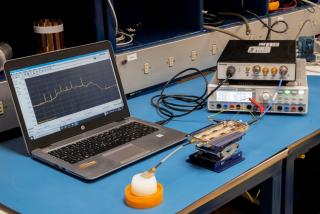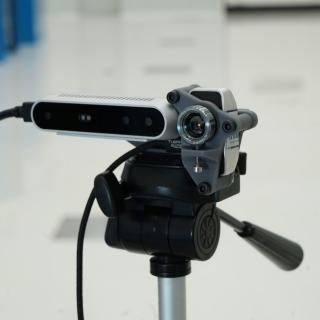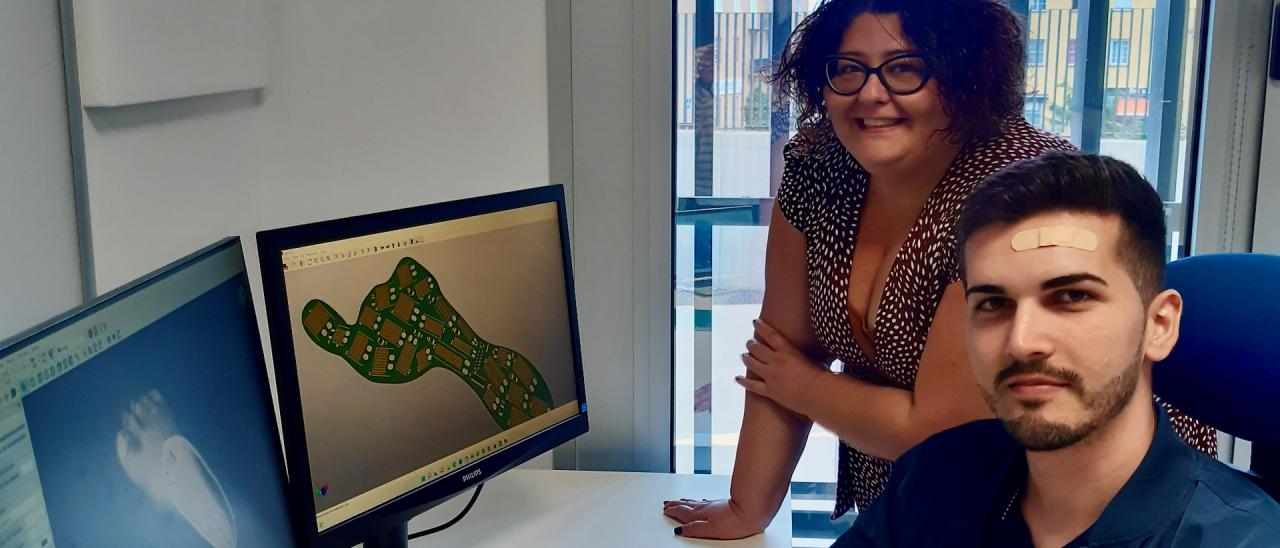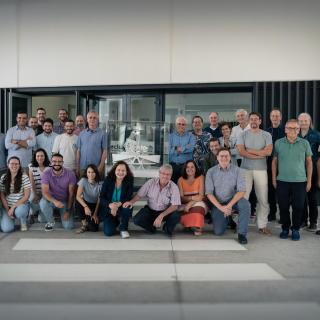Today, November 14th, World Diabetes Day, the programme of IACTEC-Medical Technology of the Instituto de Astrofísica de Canarias (IAC) dedicated to the transfer of astrophysical technology to the biomedical field, celebrates the progress obtained in the development of an anthropomorphic model of a foot, which permits the simulation of pathologies of a diabetic foot.
Within the MUTANT( Multimodal Tissue phANToms) line of resarch, oriented towards the development of components which simulate biological tissues, an anthropomorphic model of a foot is being developed, whose outer sheath is composed of a flexible resin. In its interior there will be an electronic circuit designed by the Medical Technology team in collaboration with the Deparment of Biomedical Engineering of the Instituto Tecnológico de Canarias(ITC). “The circuit comprises 23 regions distributed around the sole of the foot which each be activated independently to produce heating on the surface of the model, simulating temperature patterns which are typical of the pathologies of the diabotic foot, as well as those in a healthy foot” comments Gara Ramos, manager of IACTEC-Tecnología Médica.
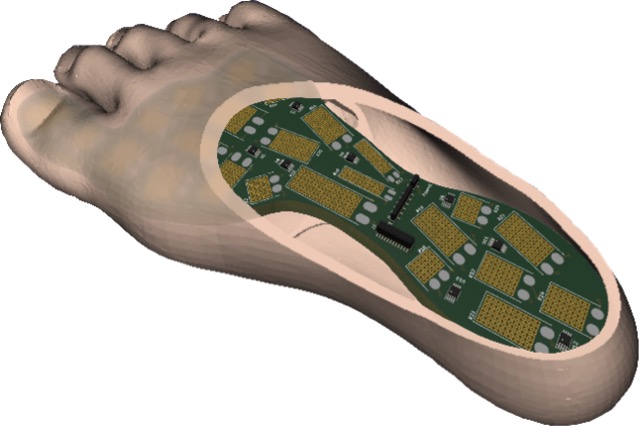
The activated regions can be observed with the PINRELL prototypes, also developed by the team at Tecnología Médica, which include two sensors for detecting the body`s natural radiation, which yield multichannel images in various ranges of the electromagnetic spectrum, visible and near infrared ( 0.4 mm -0.9 mm) and in the thermal infrared (8 µm – 14 µm). There are several PINRELL prototypes available with different functions, qualities, and prices, based on thermal infrared sensors which they incorporate.
“The elecronic circuit delivers heat in discrete zones of interest within the model. It has more than twenty independent flexible polyamide heaters which are kept at a constant temperature beween 36ºC and 40ºC, controlled automatically via a low cost microcontroller” comments Jordan Ortega, an engineer of Artificial Intelligence at IACTEC-Tecnología Médica.
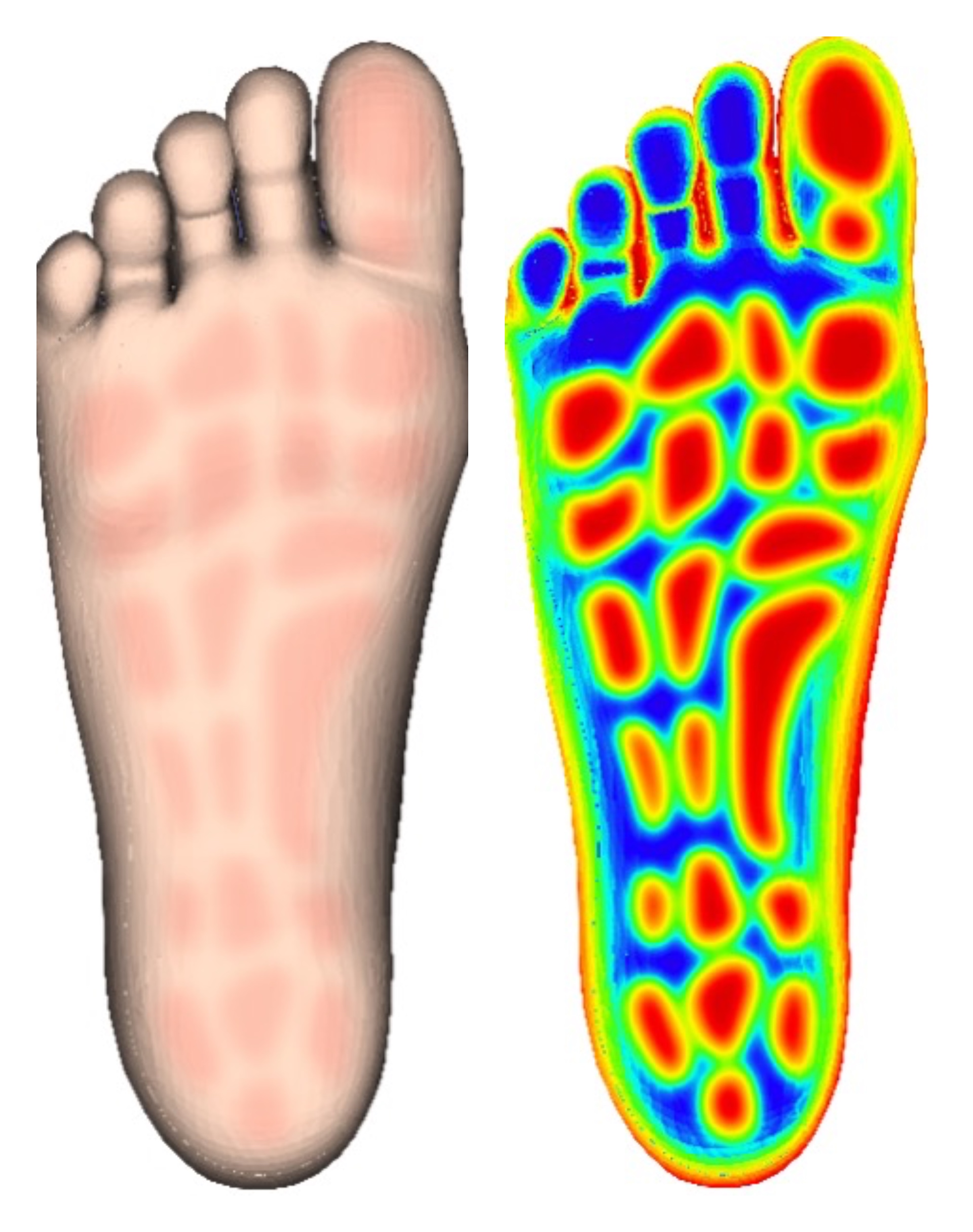
The images obtained using the model foot and the developed data system PINRELL will be used for calibrating the prototypes as well as for automating and perfectionning the algorithms which will be used in the subsequent image processing. Work is also proceeding to train the Machine Learning algorithms and Deep learning algorithms with convolutional neuronal networks capable of detecting and classifying anomalous temperature patterns. “This way, starting from an image, it will be possible to detect automatically regions which are susceptible to the development of a pathology in a diabetic foot” explains Natalia Arteaga Biomedical Imaging engineer at IACTEC-Medical Technology.
The programme of Medical Technology within IACTEC, the area of technological and business collaboration of the IAC, enjoys the support of the Cabildo of Tenerife via the programme of IACTEC Technological Training, the programme of scientific infrastructures of the Ministry of Science and Innovation, and the program INTERREG MAC, among others, as well as enjoying the collaboration of several public and private organizations in biomedical research.
